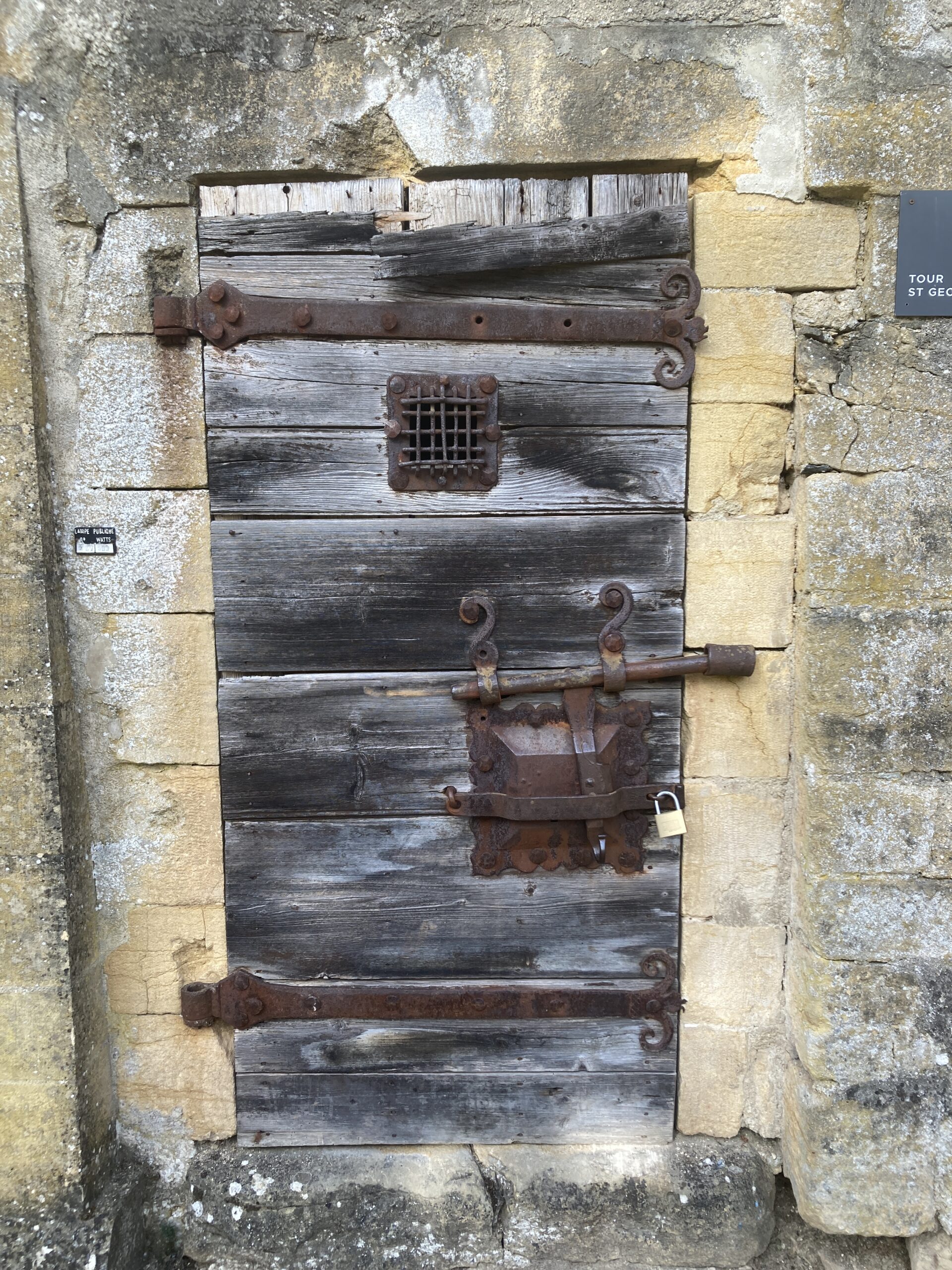Category: environmentalism
-
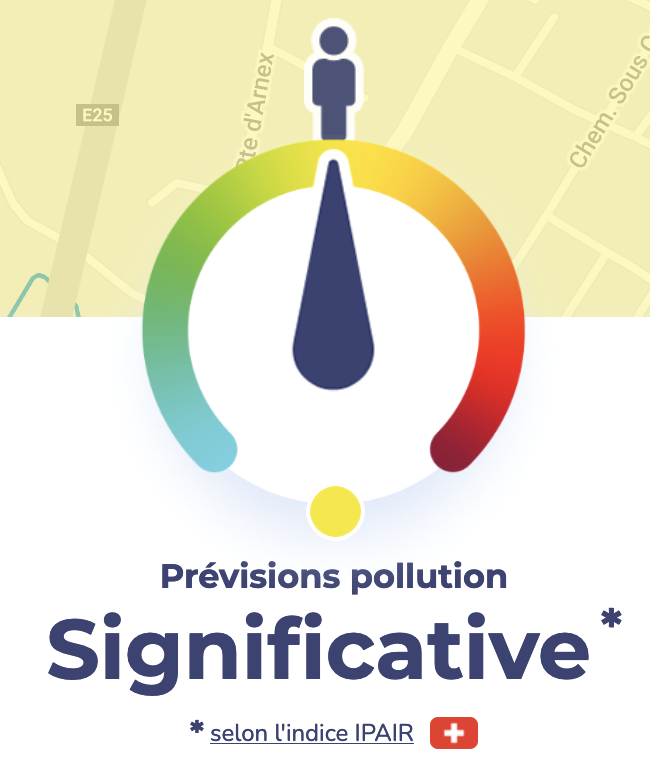
Electric Car Charging
Reading Time: 3 minutesFor a few weeks I have access to an electric car. This is an opportunity to experience what it’s like to have a car that you recharge, rather than refuel. I ran the car from one hundred percent down to fourty percent before charging it. It gave me a charge time of…
-
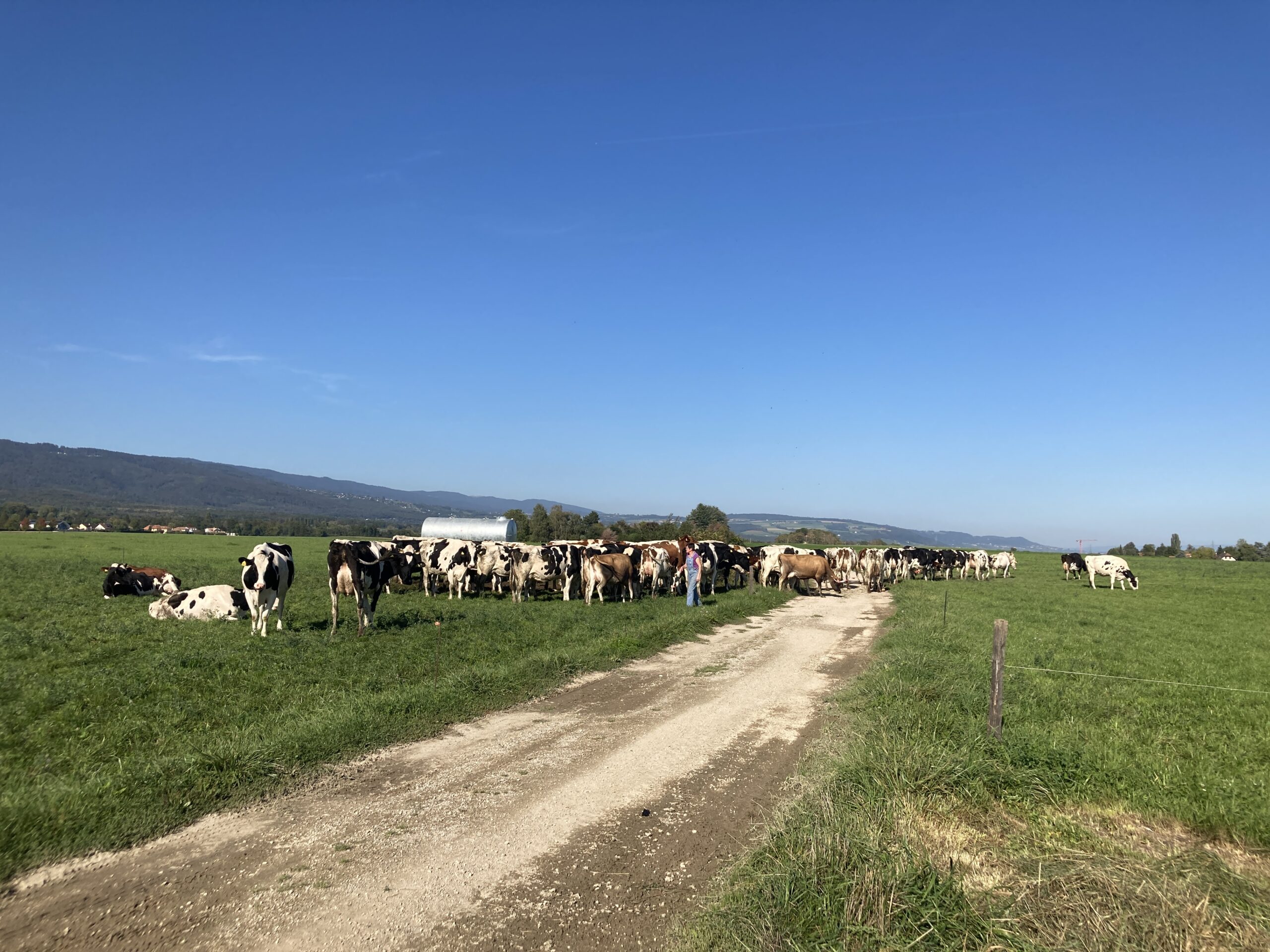
A Walk During Cow Rush Hour
Reading Time: 4 minutesYesterday I decided that I would start my walk by going along a dangerous bit of road, at the start of the road. The idea behind this is to avoid being endangered by selfish car drivers when I’m fatigued. It’s better to put up with their dangerous behaviour ahead of a walk,…
-
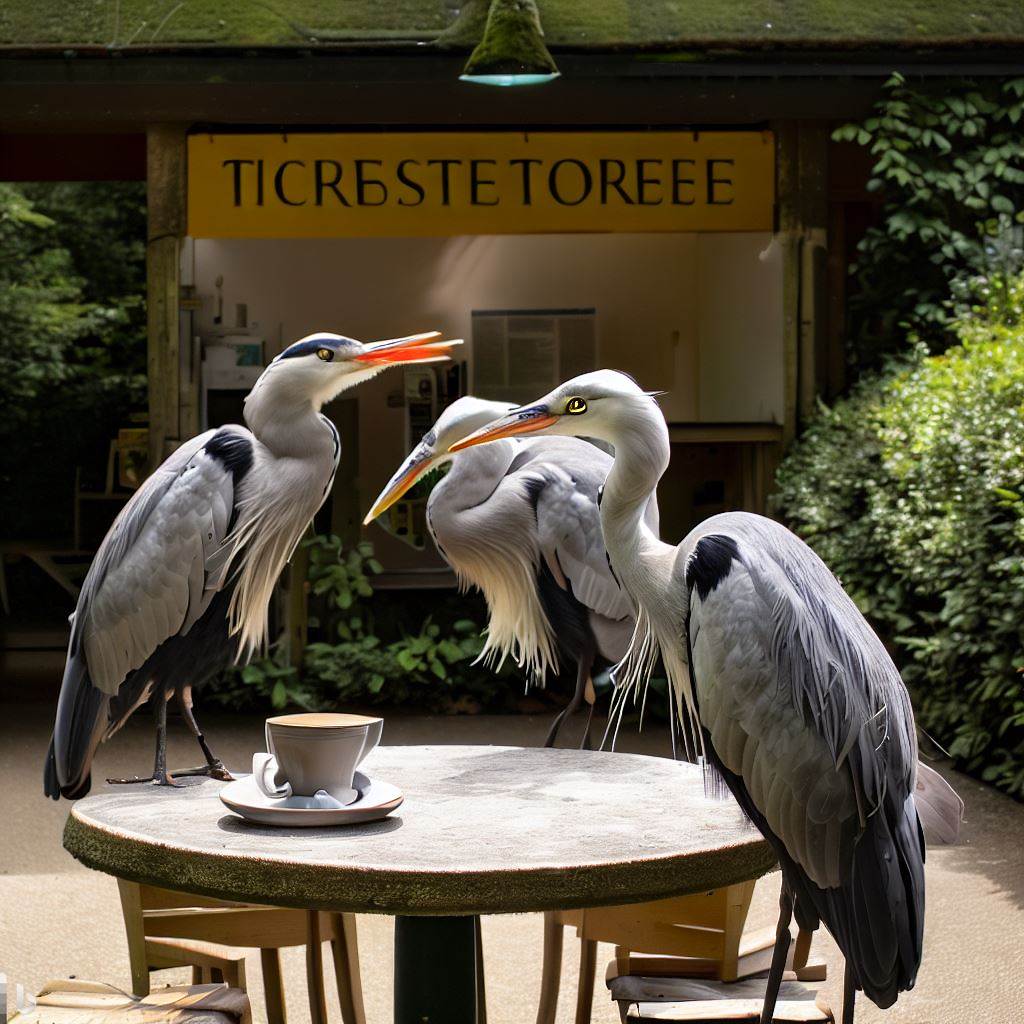
On Silent Walking and Having My Own Mastodon Instance
Reading Time: 3 minutesIn an ideal world Silent Walking would make sense. In an ideal world the environment where you walk would be quiet and free from distractions. How many of us live somewhere that is far from cars, road works, construction, farming and other noises? During my walks I hear the sound of a…
-
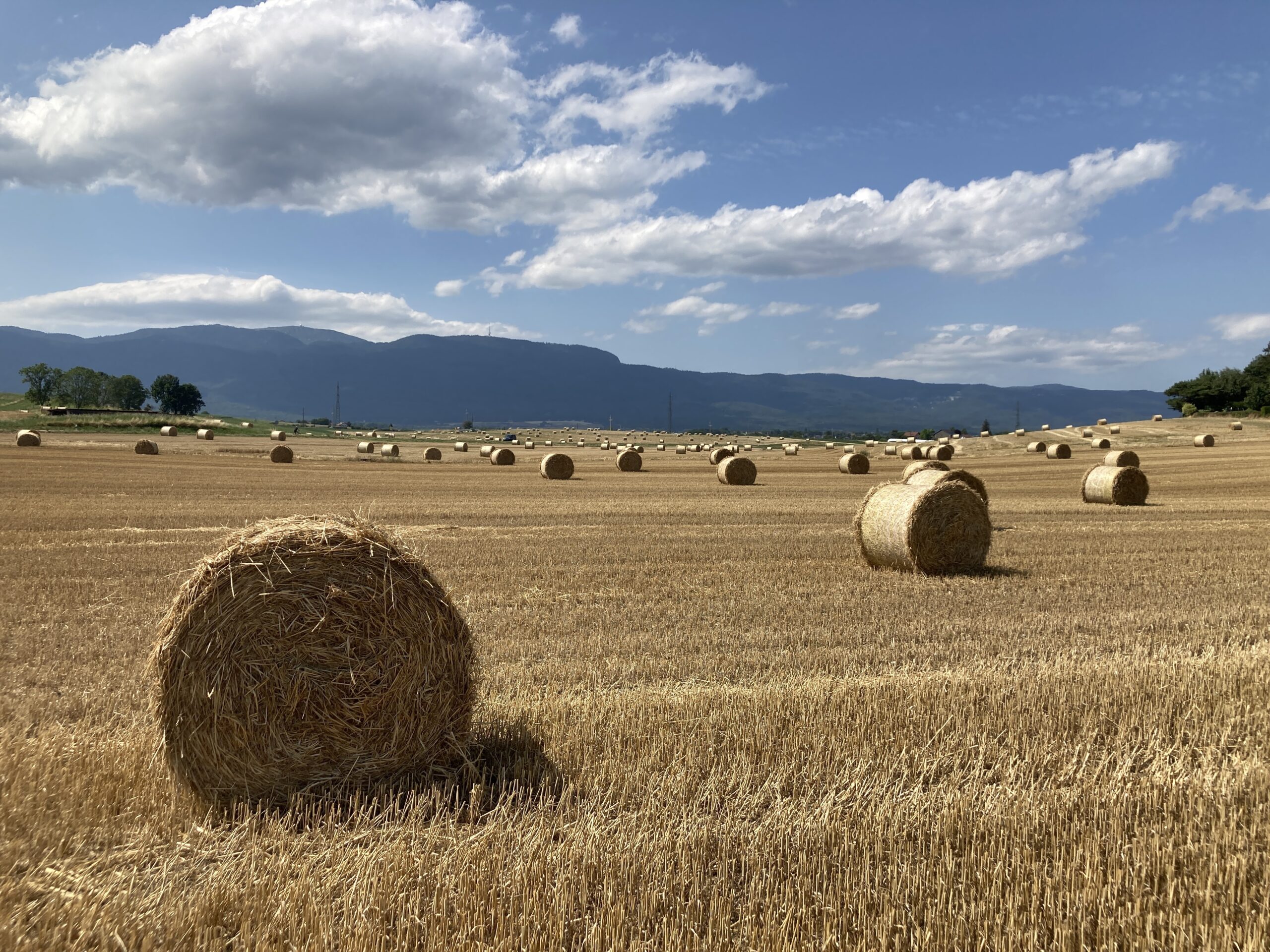
iOS and Environmentalism
Reading Time: 2 minutesIf you use the weather app on iOS 17 the weather app provides you with information about average temperature and average precipitation. It tells you how different the temperature and rainfall are, compared to average. Today, for example, I see that the temperature is 4°c warmer than the average. It tells me…
-

The First WHO/Europe Indoor Air Conference
Reading Time: 2 minutesYesterday we could watch the conference live stream of the first indoor air quality conference. It was available in French, German, Russian and English. The link is to the English language version. This is an interesting conference to have because, as two or more speakers highlighted, we spend up to 80 percent…
-
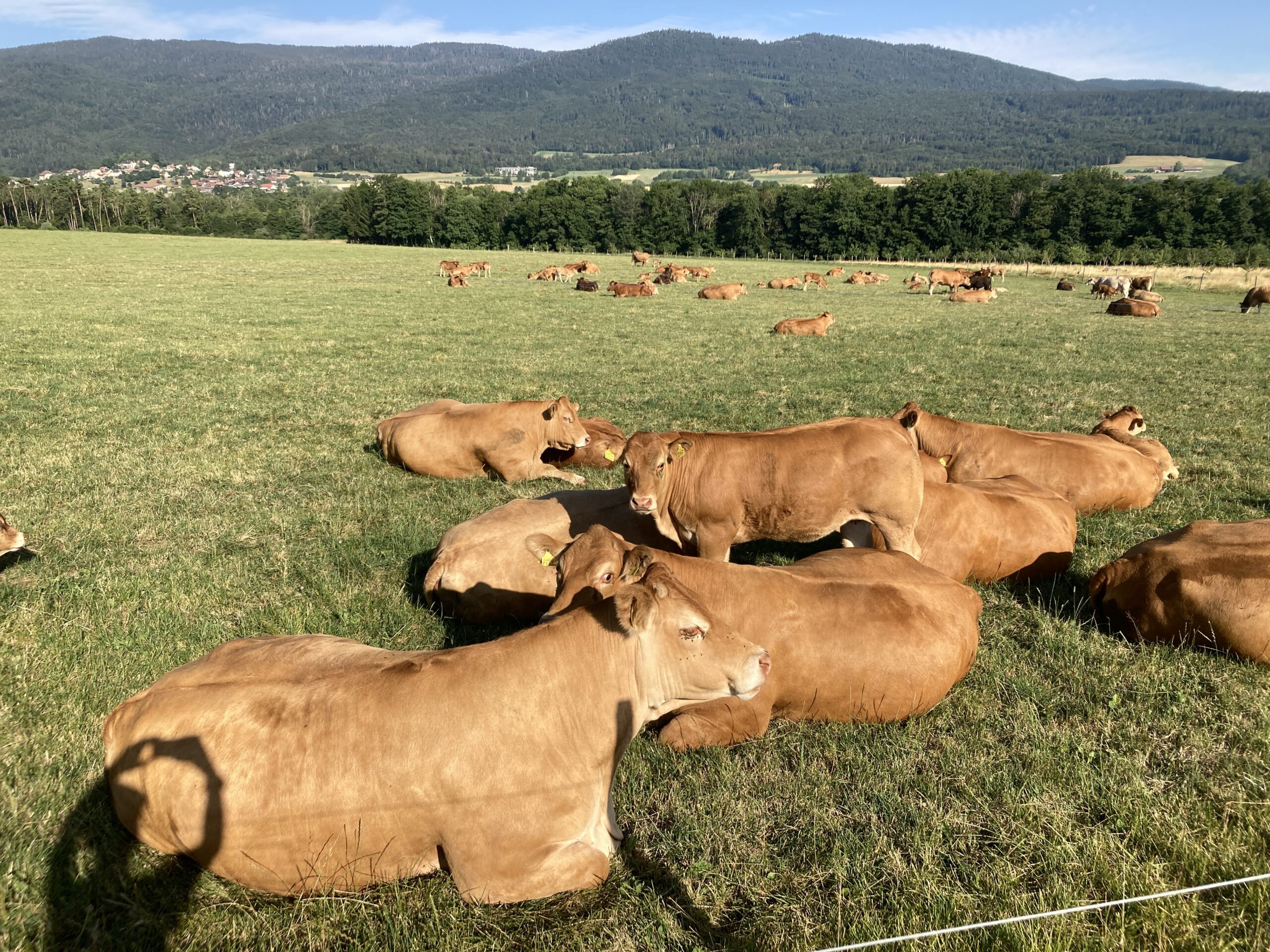
The Luxury of Walking Paths Away From Cars
Reading Time: 3 minutesI love to walk and cycle every day. I love to walk from home and not touch the car. This morning I refuelled the car and it cost 90 CHF for 44 litres or so. Every single time I refuel the car I get a shock. Petrol is expensive, and yet people…
-
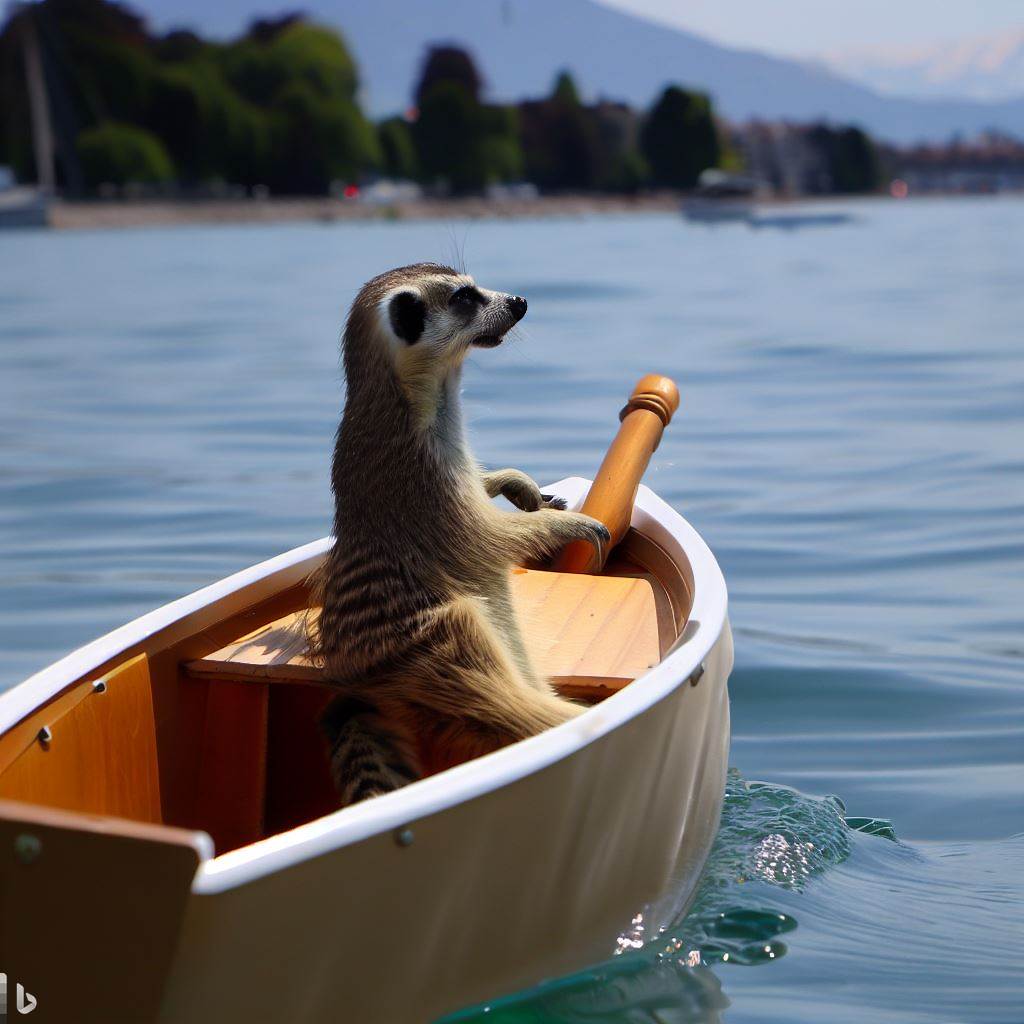
The Environmental Impact of Construction Noise
Reading Time: 3 minutesWhen people speak about construction they always think of the carbon footprint of construction but I’d like to take a look at the noise footprint of destruction of old buildings and construction of new buildings. I live close to a quarry. If I open the windows I can hear the noise of…
-
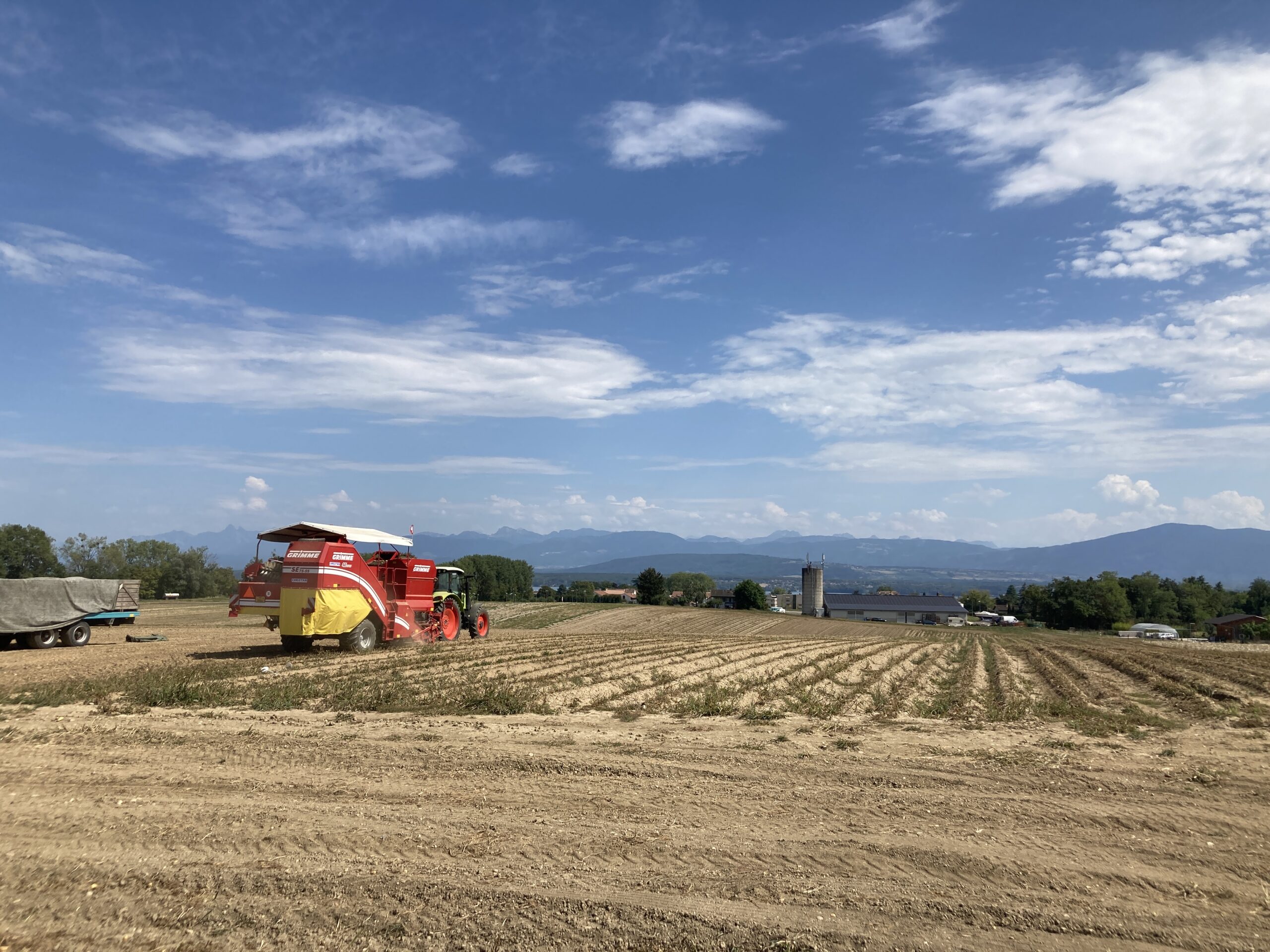
Air Conditioning and Heat Tolerance
Reading Time: 3 minutesYears ago, when working in an air conditioned office I came up with the theory that air conditioning, rather than helping us, during heatwaves, actually has the opposite effect. I came to this idea when I stepped out of my air conditioned office into a warm summer’s day wearing a fleece, and…
-

An Afternoon Walk in the Heat
Reading Time: 3 minutesYesterday I went for a walk with a Garmin Etrex 32 that was sometimes in my hands and at other times in my pocket. I could have been hands three with a GPS watch but it’s good to play with a variety of devices. I chose the Etrex because it was paired…
